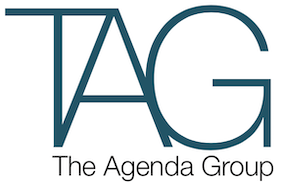Yesterday Denis Napthine took control of his government.
The announced changes to the Victorian Public Service sends out a strong signal that Denis Napthine is placing his stamp on government.
He is telling Victorian’s that he is prepared to make the changes that are necessary to more effectively implement his government’s strategy – even if it means putting some stakeholders offside.
This willingness to take on and personally own the government is in stark contrast to what came before, when a slow and cautious approached seemed to be the government’s preferred position, regardless of the immediacy or importance of the issue at hand.
Why make the changes? The Napthine Government’s focus is jobs and investment, and these changes signal a new proactive “open for business” culture across the whole of government.
On the face of what we have seen yesterday, we can now expect to see a Premier and his Cabinet more prepared to take the lead, along with genuine responsibility, for the issues that are challenging Victoria’s economic and community development.
A summary of the machinery of government changes are provided below.
Department of State Development, Business and Industry
This new Department incorporates a new state development policy branch to provide whole-of-government co-ordination of strategic investment projects. Expanded to include Regional Development Victoria, energy and resources and whole-of-government ICT. Includes former DBI portfolios of innovation, small business, tourism, manufacturing, aviation, technology, major events and major projects.
Ministers Peter Ryan and Louise Asher are joint coordinating Ministers for the new Department.
Department of Transport, Planning and Local Infrastructure
Includes from the former Department of Transport the following functions: strategic transport planning, including ports; regional rail link; VicRoads; Public Transport Victoria; VicTrack; Linking Melbourne Authority; Victorian Taxi Directorate. Includes from the former Department of Planning and Community Development the following functions: local government; sport and recreation; planning policy; building commission; metropolitan planning authority; Places Victoria. Expanded to include Land Victoria, from DSE and the office of the Victorian Government Architect from DPC.
Dean Yates (currently a Deputy Secretary within DPC) will head up the new Department, with Terry Mulder as the coordinating Minister.
Department of Environment and Primary Industries
Includes from the former DSE the following functions: land and fire; regional services, natural resources and environment; capital projects, desalination; water. Includes from the former DPI the following functions: agriculture, productivity and industry development; regulation and compliance, fisheries and game; business services.
Adam Fennessy, previously DSE Deputy Secretary, Natural Resources and Environment, will be the new head of the Department and Peter Walsh is the new coordinating Minister.
In addition, DPC will incorporate aboriginal affairs and veterans affairs (previously within DPCD). DTF will also add the policy unit advising on private sector industrial relations that was previously within DBI.
These changes are to be put in place by July 1, 2013.
